Your Call?
Please take a moment to let us know which of today’s images is your favorite. Or just say “Hi.” At this point, I am not at all sure how many folks are receiving the Newsletter post notifications (other than those on my personal sending list).
What’s Up?
Today is Misha’s last morning. Multiple IPT veteran Jim Dolgin will be joining us this morning as he noted the favorable weather forecast for today, Monday 27 October 2025. I have a full month to go 🙂 Whatever you do, consider choosing to have fun.
If an item — a Delkin flash card, or a Levered-clamp FlexShooter Pro head — for example, that is available from B&H and/or Bedfords, is also available in the BAA Online Store, it would be great, and greatly appreciated, if you would opt to purchase from us. We will match any price. Please remember also to use my B&H affiliate links or to earn 3% cash back at Bedfords by using the BIRDSASART discount code at checkout for your major gear purchases. Doing either often earns you free guides and/or discounts. And always earns my great appreciation.
Supporting My Efforts Here
If you enjoy and learn from the blog, are all set for gear, or live overseas, consider leaving a BAA Blog Thank You Gift here.
If you enjoy and learn from the blog, please consider using one of my affiliate links when purchasing new gear. It will never cost you a single penny. To support my effort here, please order from B&H by beginning your search here. Or, click here, to order from Bedfords and enter the discount code BIRDSASART at checkout to receive 3% cash back to your credit card and enjoy free Second-Day Air Fed-Ex shipping. It is always best to write for advice via e-mail.
In many cases, I can help you save some serious dollars. And/or prevent you from purchasing the wrong gear from the wrong shop.
If an item — a Delkin flash card, a Levered-clamp FlexShooter Pro, or a Wimberley lens plate — for example, that is available from B&H and/or Bedfords, is also available in the BAA Online Store, it would be great, and greatly appreciated, if you would opt to purchase from us. We will match any price. Please remember also to use my B&H affiliate links or to earn 3% cash back at Bedfords by using the BIRDSASART discount code at checkout for your major gear purchases. Doing either often earns you free guides and/or discounts. And always earns my great appreciation.
Sony 400mm f/2.8 GM OSS Lens with Extras!
BIRDS AS ART Record Low Price (by far!)
IPT veteran Stan Driscoll is offering a Sony 400mm f/2.8 GM OSS Lens in near-mint to like-new condition for the BAA record low price of $8798.00. The sale includes the rear lens cap, the lens strap, the lens trunk, the matching LensCoat, the 3.39 inch long 400mm Zemlin One Piece Lens Hood, the Zemlin Lens Cap, and insured ground shipping via major courier to lower-48 US addresses only.
Your new gear will not be shipped until your check clears unless other arrangements are made. Photos are available upon request by e-mail (as below).
Please contact Stan via e-mail or by phone at (910) 409-2362 (Eastern time).
I purchased my Sony 400mm f/2.8 three years ago to complement my 600mm f/4. Stan is selling his and downsizing to the 300mm f/2.8 GM because he is not getting any younger. Somewhat strangely, it is far easier for me to handhold the 4 ounces lighter, much smaller, and better balanced 400 f/2.8 than it is to handhold the 600mm f/4. The 400 f/2.8 is superb for large mammals and for flight with or without the 1.4X teleconverter. Being able to handhold this lens is a huge plus. That said, I use it a lot on the monopod for low light flight photography. And no matter the conditions, you can’t beat the f/2.8 Bokeh!
The Sony 400mm f/2.8 lens sells new right now for $12,998.00 at B&H and there are used copies in lesser condition there going for as high as $10657.95. Save an amazing $4,200.00 by grabbing Stan’s might-as-well-be-new 400mm GM lens. artie
|
|
|
i-Phone Photo by Misha Voison Image #1: Two-Gun Pete with the wind at his back |
Two-Gun Pete
In my younger days, I usually headed out with two rigs, one on a tripod and the other on my shoulder. I have not done that much recently in the past few years.
For the past three mornings, however, I have headed out to the South Jetty with the 600mm f/4 lens with a 1.X TC on the tripod (Image #8) and the 300mm f/2.8 GM lens on my shoulder via a Black Rapid Curve Breathe Strap. (Thus the “Two-Gun Pete” reference.) Anyhoo, as things developed, I wound up using the 300mm f/2.8 GM alone, with the 1.4X TC (Image #9), or with the Sony FE 2X teleconverter (Images 3-7 and #9) most of the time. The Sony 300mm f/2.8 is an extremely versatile lens and is the lightest in its class by a mile.
|
|
|
This image was created on 24 October 2025 by yours truly while leading a Sebastian Inlet Ospreys and More Extended IPT. Seated on damp sand, I used the handheld Sony FE 300mm f/2.8 GM OSS Lens (Sony E) with the Sony a-1 (now replaced by the Sony FE 2x Teleconverter and the Latest Greatest Sony Flagship Body, the a1 II Mirrorless Camera). The exposure was determined using Zebra technology with ISO on the thumb wheel. ISO 320: 1/20,000 sec. (!) at f/5.6 (wide open). RawDigger showed that the exposure was dead solid perfect plus a bit: AWB at 8:30:41 am on a mostly sunny morning. Tracking: Zone/AF-C with Bird Eye/Face Detection enabled performed perfectly. Image #2: Willet strongly backlit |
Backlit Blasting Highlights
With a shutter speed of 1/20,000 second at only ISO 320 it is hard for most folks to understand how the raw file could have been a bit over-exposed. Why? You are pretty much attempting to photograph the sun as it is reflected off the Atlantic. I saw Misha photographing this cooperative, strongly backlit Willet and decided to get down on the ground and make a few myself. I wound up working the bird for more than 20 minutes. The optimization of this raw file will be detailed in Volume III of the Digital Basics IV Video Series.
For years I have been urging all serious photographers to study and master the section on Exposure Theory in the original soft cover The Art of Bird Photography so that they have an understanding of what their camera’s metering system is doing and so that when they face an extremely difficult exposure challenge they at least have a clue as to where to begin. While reviewing Misha’s images from the first few days I realized that without Zebra technology his exposures were all over the place. Some were three stops underexposed while others were two stops too dark. On Saturday evening we had a long, heart to heart, no holds barred conversation about exposure. Though he had made a good exposure with one of his backlit Willet images, he was basically guessing when it came to getting a useable exposure.
He did far better on Sunday especially when working in the low light when the clouds were covering the sun. He made some stunning and properly exposed Osprey photos that I will be sharing with you on the blog soon. Here, briefly, are two of the huge concepts that he had been missing:
On sunny days, your camera’s meter will be fairly accurate, usually from -1/3 to +1 stop of a good exposure.
On cloudy days, your camera’s meter will be totally stupid. For light-toned scenes, you will need to add nearly two and sometimes two or more stops of light.
He has promised to go home and study and master the section on Exposure Theory in the original soft cover The Art of Bird Photography. Please note: Thought Misha owns well in excess of $30,000 worth of Canon RF gear, probably closer to if not more than $40,000, he has never taken the time to gain a basic understanding of Exposure Theory. Not to mention that he has taken many workshops with supposedly top notch bird photography instructors.
Important Fact: Simply owning camera gear worth five or ten or fifteen thousand dollars or more, often well more than that, does not enable you to become a skilled bird photographer. Study and hard work are needed. The best way to learn the basics quickly is to join me on a BIRDS AS ART Instructional Photo-Tour.
Don’t Just Shoot: Learn
If you are interested in changing your life and becoming a better photographer by joining me on the Extended IPT at Sebastian Inlet for Ospreys and more (OCT 25 to NOV 24, 2025), in San Diego for Pacific-race Brown Pelicans and more (JAN 6 to FEB 2, 2026), or for Roseate Spoonbills at Stick Marsh (March 2026), please e-mail for dates, rates, terms, and additional information. Or shoot me a text to 863-221-2372. Some offerings include options for shared AirBnB lodging and meals. Ground transportation during your stay is a possibility at times.
|
|
|
This image was created on 24 October 2025 by yours truly while leading a Sebastian Inlet Ospreys and More Extended IPT. Standing at full height, I used the hand held Sony FE 300mm f/2.8 GM OSS Lens (Sony E) with the Sony FE 2x Teleconverter and the Latest Greatest Sony Flagship Body, the a1 II Mirrorless Camera. The exposure was determined using Zebra technology with ISO on the thumb wheel. ISO 1000: 1/4,000 sec. at f/5.6 (wide open). RawDigger showed that the exposure was dead solid perfect: AWB at 9:10:14am on a variably sunny morning. Tracking: Zone/AF-C with Bird Eye/Face Detection enabled performed perfectly. Image #3: Osprey juvenile tight flight |
Too Tight Flight?
Though I was wishing that I had the 1.4X TC in place rather than the 2X, I quite like Image #3 for the exquisite underwing detail. Had I been at 420mm rather than 600mm I might have been able to fit the whole in the frame when this handsome young raptor flew by overhead at close range.
|
|
|
This image was created on 25 October 2025 by yours truly while leading a Sebastian Inlet Ospreys and More Extended IPT. Standing at full height, I used the hand held Sony FE 300mm f/2.8 GM OSS Lens (Sony E) with the Sony FE 2x Teleconverter and the Latest Greatest Sony Flagship Body, the a1 II Mirrorless Camera. The exposure was determined using Zebra technology with ISO on the thumb wheel. ISO 1250: 1/4,000 sec. at f/5.6 (wide open). RawDigger showed that the exposure was perfect: AWB at 9:14:38am on a variably sunny morning. Tracking: Zone/AF-C with Bird Eye/Face Detection enabled performed perfectly. Image #4: Osprey juvenile emerging with Yellowfin Menhaden |
Emerging
This frame was made as the Osprey struggled to lift off with its catch. The water is in close proximity so that there are lots of details in the waves. Compare this image with the next one and note the difference.
|
|
|
This image was also created on 25 October 2025 by yours truly while leading a Sebastian Inlet Ospreys and More Extended IPT. Standing at full height, I used the hand held Sony FE 300mm f/2.8 GM OSS Lens (Sony E) with the Sony FE 2x Teleconverter and the Latest Greatest Sony Flagship Body, the a1 II Mirrorless Camera. The exposure was determined using Zebra technology with ISO on the thumb wheel. ISO 1250: 1/4,000 sec. at f/5.6 (wide open). RawDigger showed that the exposure was perfect: AWB at 9:14:45am on a variably sunny morning. Tracking: Zone/AF-C with Bird Eye/Face Detection enabled performed perfectly. Image #5: Osprey juvenile with Yellowfin Menhaden gaining altitude |
Gaining Altitude
Image #5 was created about seven seconds after #4. I was lucky that the bird turned to its right (to the south) after it had gained several feet of elevation. Note the huge difference in the backgrounds of the two photos. This one, #5, has a much smoother background because the surface of the water was much farther behind the subject; the distance from the Osprey to the background increased as the bird gained altitude.
|
|
|
This image (a huge crop) was also created on 25 October 2025 by yours truly while leading a Sebastian Inlet Ospreys and More Extended IPT. Standing at full height, I used the hand held Sony FE 300mm f/2.8 GM OSS Lens (Sony E) with the Sony FE 2x Teleconverter and the Latest Greatest Sony Flagship Body, the a1 II Mirrorless Camera. The exposure was determined using Zebra technology with ISO on the thumb wheel. ISO 1000: 1/5,000 sec. at f/5.6 (wide open). RawDigger showed that the exposure was dead solid perfect: AWB at 9:26:33am on a variably sunny morning. Tracking: Zone/AF-C with Bird Eye/Face Detection enabled performed perfectly. Image #6: Mullet in Osprey’s talons |
More Fun With a Huge Crop
When the Osprey’s wing position is lousy but the fish position is perfect, I have begun executing huge crops of the fish in an Osprey’s talons. I especially enjoy working on the tones, color, and contrast of the fish. This is something that I may tend to ignore when optimizing the whole frame.
|
|
|
This image was also created on 25 October 2025 by yours truly on a Sebastian Inlet Ospreys and More Extended IPT. Standing at full height, I used the hand held Sony FE 300mm f/2.8 GM OSS Lens (Sony E) with the Sony FE 2x Teleconverter and the Latest Greatest Sony Flagship Body, the a1 II Mirrorless Camera. The exposure was determined using Zebra technology with ISO on the thumb wheel. ISO 1000: 1/5,000 sec. at f/5.6 (wide open). RawDigger showed that the exposure was dead solid perfect: AWB at 9:26:33am on a variably sunny morning. Tracking: Zone/AF-C with Bird Eye/Face Detection enabled performed perfectly. Image #7: Non-breeding adult Laughing Gull in flight (with no tail!)
|
Tail-less in Sebastian
Adapted From AI Overview
Gulls can fly without tail feathers, but poorly. Their tail feathers act as a rudder for steering and balance, so losing them significantly impacts their ability to maneuver and control their flight. They can still fly in short bursts. Without them, their flight is less accurate and efficient.
A gull may lose its tail feathers through a defense mechanism called “fright molt,” where it intentionally sheds them to escape a predator. They can also lose them to predators or during a normal molt. If the tail feathers (rectrices) were pulled out, they will usually grow back in a couple of weeks. If the feathers were broken, the gull will have to wait for its next molt.
Note: this bird was flying rather strongly over the inlet.
|
|
|
This image was created on 26 October 2025 by yours truly on a Sebastian Inlet Ospreys and More Extended IPT. Standing at full height, I used the Robus RC-5570 Vantage Series 3 Carbon Fiber Tripod/Levered-Clamp FlexShooter Pro-mounted Sony FE 600mm f/4 GM OSS lens with the Sony FE 1.4x Teleconverter and the Latest Greatest Sony Flagship Body, the a1 II Mirrorless Camera. Exposure determined via Zebras with ISO on the Thumb Wheel. ISO 2500: 1/2500 sec. at f/5.6 (wide open) in Manual mode. RawDigger showed that the exposure was dead solid perfect. AWB at 8:43:06am on a then rainy morning. Wide/AF-C with Bird Eye/Face Detection enabled performed perfectly. Click on the image to enjoy the larger, inexplicably sharper high-res version. Image #8: Osprey in flight during rain squall
|
Venting 🙂
The wind has been pretty much from the east for the past three days. Misha has been stunned to see that nobody but the two of us has ventured out to the end of the South Jetty so that we have the wind and the sun behind us with the birds flying toward us. I have not been at all surprised. Even more comical was that when a brief squall came by, every single photographer (but for Misha and me), ran back to their cars. If you have your back to the wind and keep your rig in front of you, your handheld camera is protected from the rain. Misha had a formal raincoat for his tripod-mounted 600 while I simply put a woolen watch cap over my camera body. Though it rained for less than two minutes, none of the other shooters made their way back to the jetty for more than a half an hour.
I made Image #8 when it was raining the hardest. Having the far jetty rocks in the frame accentuated the raindrops.
|
|
|
This image was also created on 26 October 2025 by yours truly on a Sebastian Inlet Ospreys and More Extended IPT. Standing at full height, I used the hand held Sony FE 300mm f/2.8 GM OSS Lens (Sony E) with the Sony FE 1.4x Teleconverter and the Sony a-1 (now replaced by the Latest Greatest Sony Flagship Body, the a1 II Mirrorless Camera). Exposure determined via Zebras with ISO on the Thumb Wheel. ISO 3200: 1/2000 sec. at f/4 (wide open) in Manual mode. RawDigger showed that the exposure was dead solid perfect: AWB at 8:54:39am on a then cloudy morning. Wide/AF-C with Bird Eye/Face Detection enabled performed perfectly. Image #9: Osprey taking flight after a dive and a miss |
Thrilled and Not Thrilled
When this Osprey dove into the water just yards from us, I was thrilled at how close the bird was to us and by the fact that I had been at 420mm with “only” the 1.4X TC in place. If I had been at 600mm with the 2X TC in place I would have been dead in the proverbial water.
I was not thrilled when the bird came up empty.
Misha made several fabulous images of this event with his handheld Canon RF 400mm lens. I am proud to say that after our Saturday evening discussion, all of them were exposed perfectly to the right!
|
|
|
For those who did not use my link to purchase their Sony 300mm f/2.8 GM lens, you can order your a copy here for $209.93. Click on the image to enlarge and to be able to read the fine print. |
The BAA Sony 300mm f/2.8 Lens Guide
Impressed by my Sony FE 300mm f/2.8 GM OSS Lens (Sony E) images? Use either my Bedfords or B&H affiliate link to purchase your Sony 300mm f/2.8 GM lens and shoot me your receipt via e-mail and request a copy of the first-ever BAA Lens Guide. I thought that it would take only minutes to create this guide, but I was dead wrong. In the process of creating it, I learned a ton about the lens. And even better, I discovered a simple yet potentially fatal flaw that was resulting in sporadically unsharp flight images. The set-up fix is simple. Just be sure to use one of my affiliate links and get the guide for free.
If not, you can purchase a copy here for $209.93. Yes, it never hurts to use my links and it never costs you one penny more. And if you contact me via e-mail before you make a major purchase, I can often save you some money.
Typos
With all blog posts, feel free to e-mail or to leave a comment regarding any typos or errors.

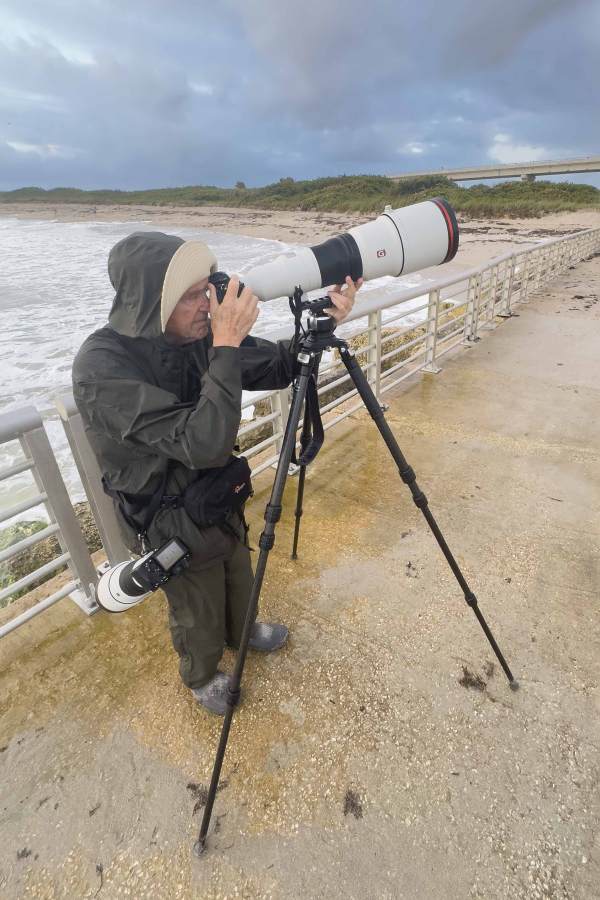
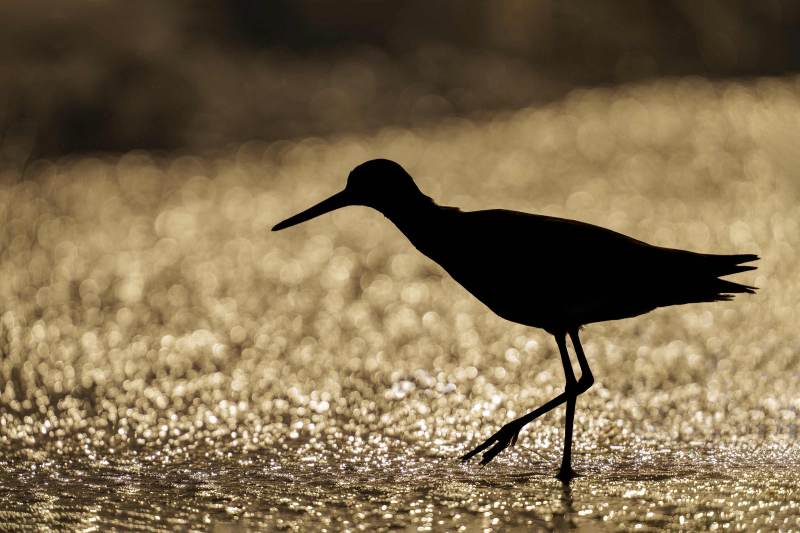
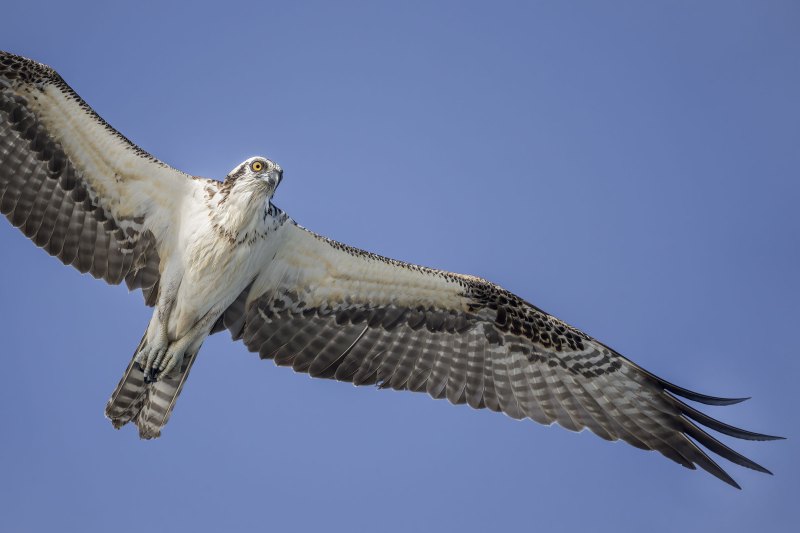
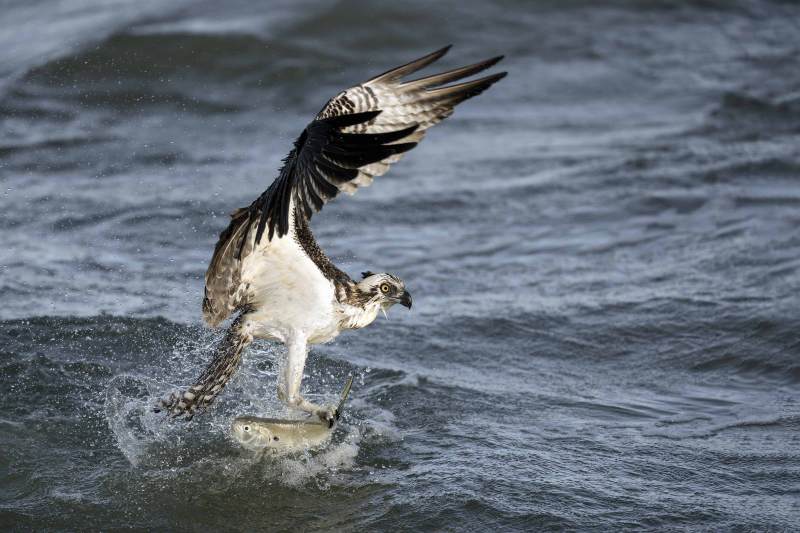
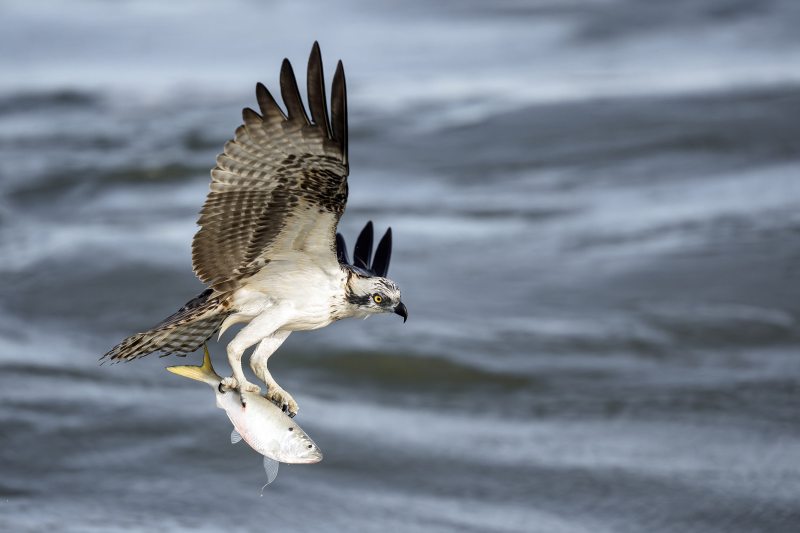
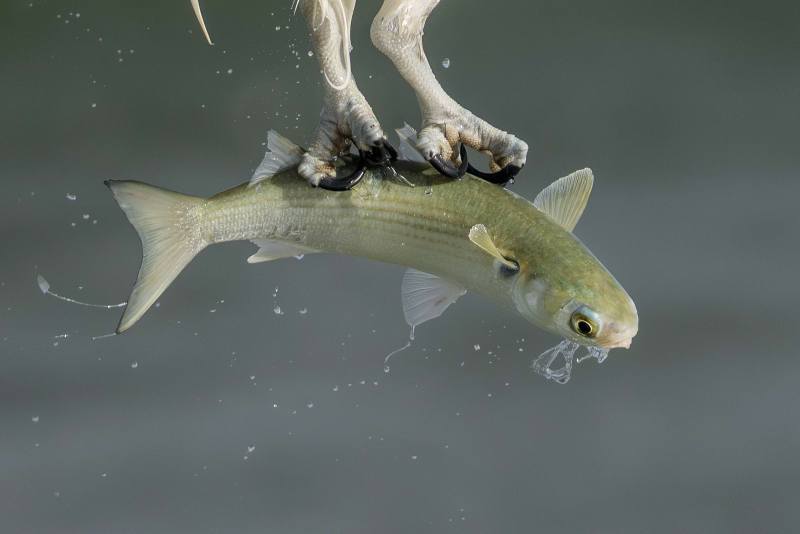
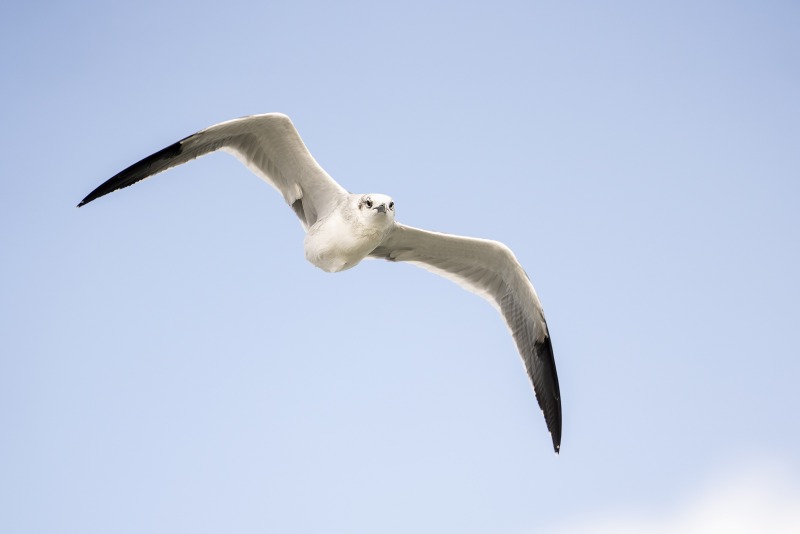
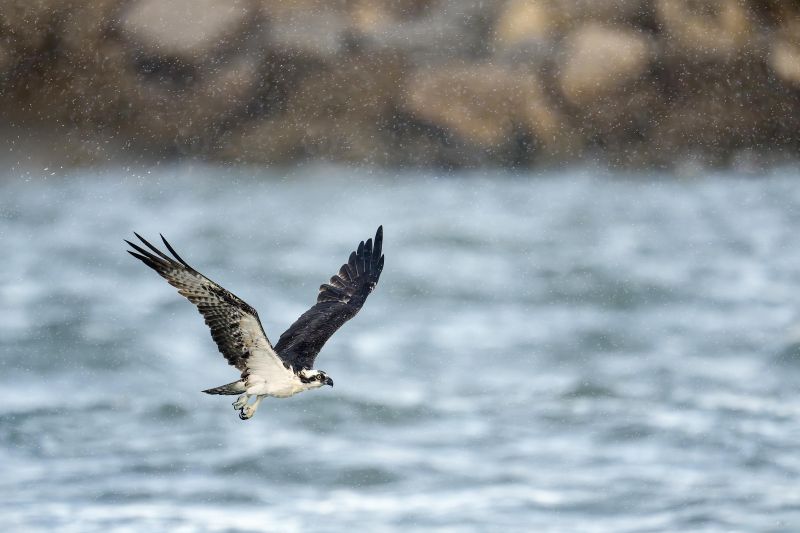
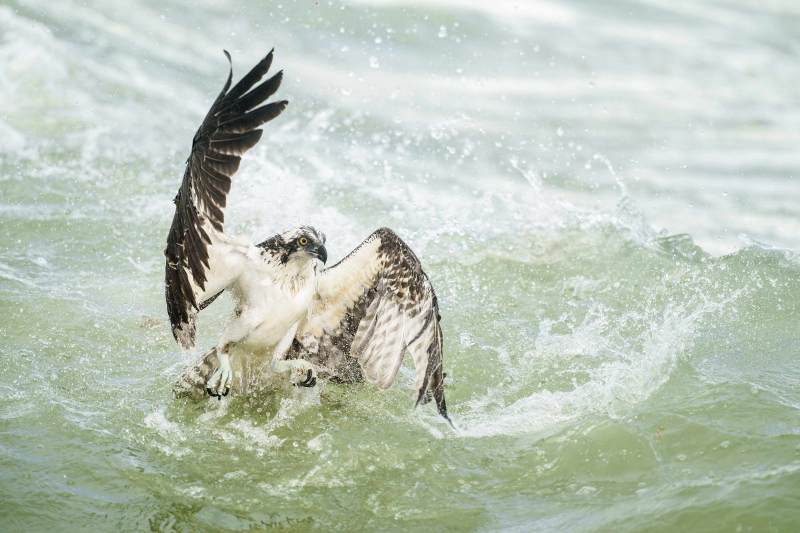
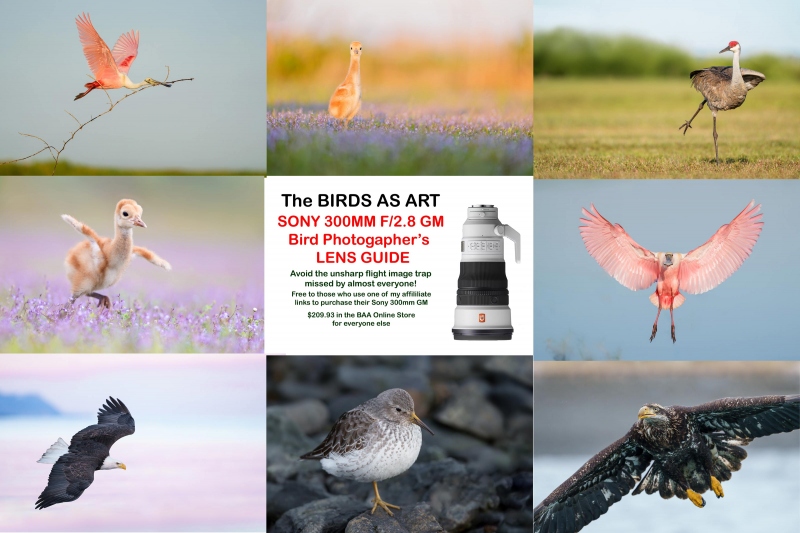









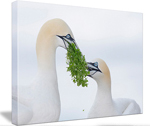



Hi Artie, number 5 is my favorite from today’s many great images.
Image #2 is my preferred choice, with honourable mention to Image #1.
Image 2 for me….. I’m now receiving your blog notifications again, thanks.
My favorite today was #5.
Artie, a lot of nice images today; #4 and #9 were my favorites; both of them in their own right, spectacular for a variety of reasons. Thank you for sharing.
All the best,
John